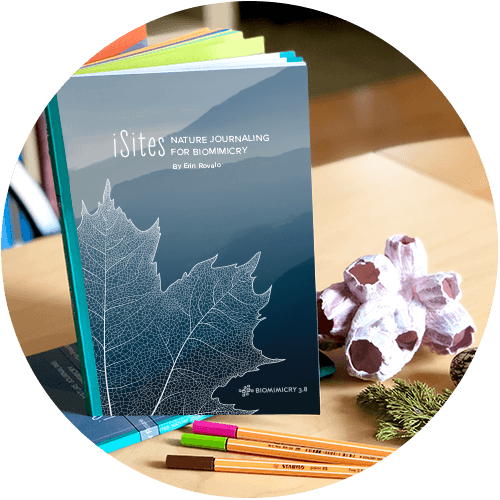Stand quietly just about anywhere and you are likely to hear a fan running – in the computer you are using, in the air conditioning unit of the building you are in, and throughout the water, air, and electrical systems upon which the city around you depends. Fans and other rotational devices are a major part of the human built environment, and a major component of our total energy usage. Although we’ve been building such devices in one form or another since at least 100 B.C., we’ve never built them like Nature does until now. Naturally flowing fluids, gases, and heat follow a common geometric pattern that differs in shape from conventional human-made rotors.
Nature moves water and air using a logarithmic or exponentially growing spiral, as commonly seen in seashells. This pattern shows up everywhere in Nature: in the curled up trunks of elephants and tails of chameleons, in the pattern of swirling galaxies in outer space and kelp in ocean surf, and in the shape of the cochlea of our inner ears and our own skin pores. Inspired by the way Nature moves water and air, PAX Scientific Inc. applied this fundamental geometry to the shape of human-made rotary devices for the first time, in fans, mixers, propellers, turbines and pumps. Depending on application, the resulting designs reduce energy usage by a staggering 10-85% over conventional rotors, and noise by up to 75%.
Explore more biomimicry examples from our growing database of 2100+ technological innovations and ideas, each inspired by nature’s genius, on AskNature.org.





